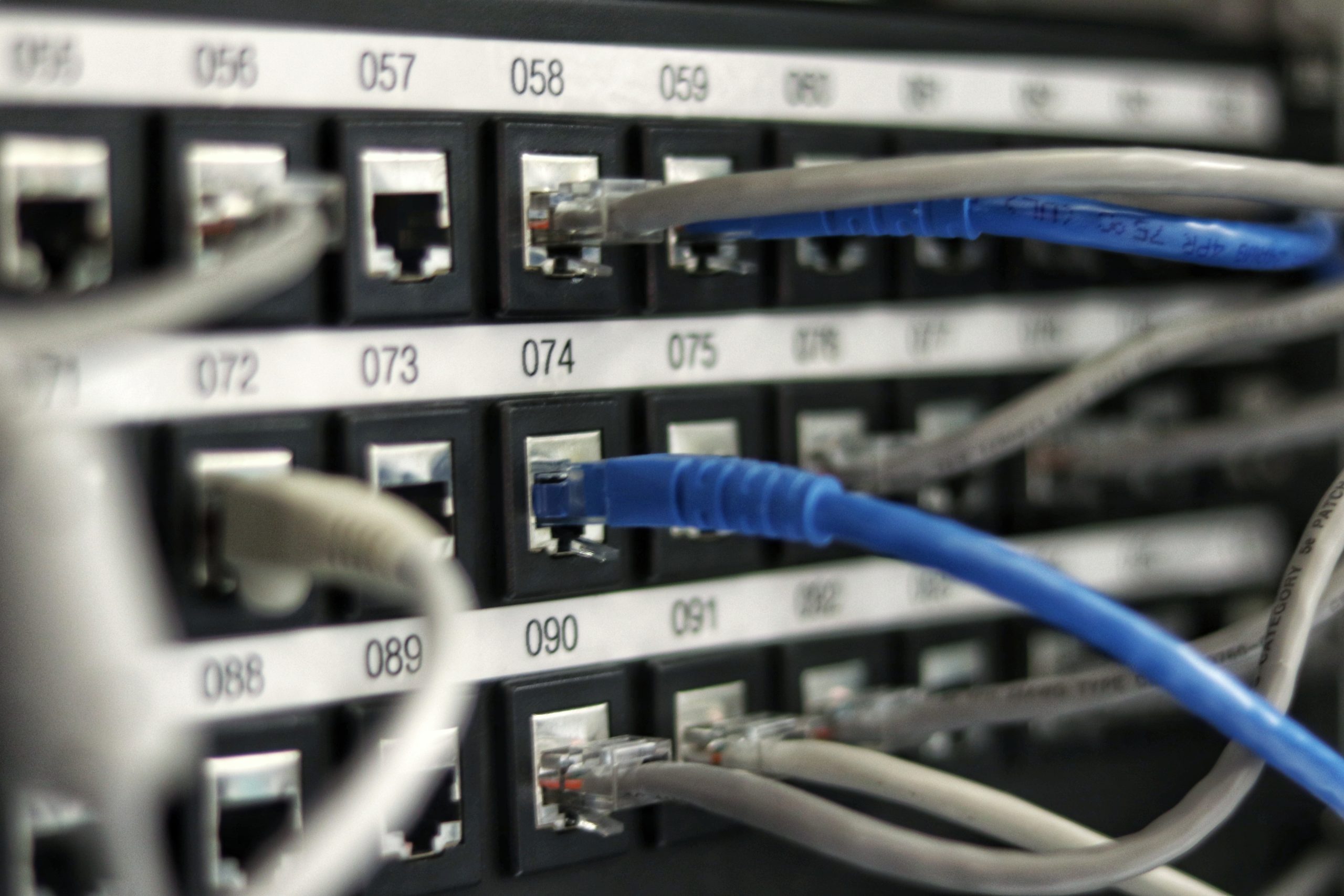Jacob Roundy, TechTarget.com, November 28, 2023
Building data center servers and hardware requires use of many of Earth’s nonrenewable resources. Data center owners must adopt the circular economy system for sustainability.
As described by the Ellen MacArthur Foundation, one of the top international organizations promoting circular-economic thinking today, the circular economy is a system that keeps products and materials in circulation through processes like reuse, refurbishment and recycling. The goal behind this system is to sustainably support more natural processes and reduce waste production.
Data centers are known to harm the environment, particularly regarding energy usage and electronic waste (e-waste). By using the principles of the circular economy, data centers can build more sustainable operations. When used in concert with other green data center techniques and best practices, the data center circular economy could greatly reduce the industry’s global impact on the environment.
How does a circular economy work?
Three principles are at the core of how a circular economy works: eliminate waste and pollution, circulate products and materials, and regenerate nature.
Eliminate waste and pollution
In a linear economy, materials are taken from the earth, used to create products and eventually thrown away. This produces waste, which often ends up in landfills or incinerators. A circular economy aims to remove as much waste as possible from production. This ranges from creating products that have no packaging to using technology that eliminates waste in manufacturing.
Circulate products and materials
Materials are used for as long as possible in a circular economy. For example, instead of throwing away networking equipment that is no longer in use, break it down into its components to better other products. Naturally recycle materials that are not reusable through practices like composting.







